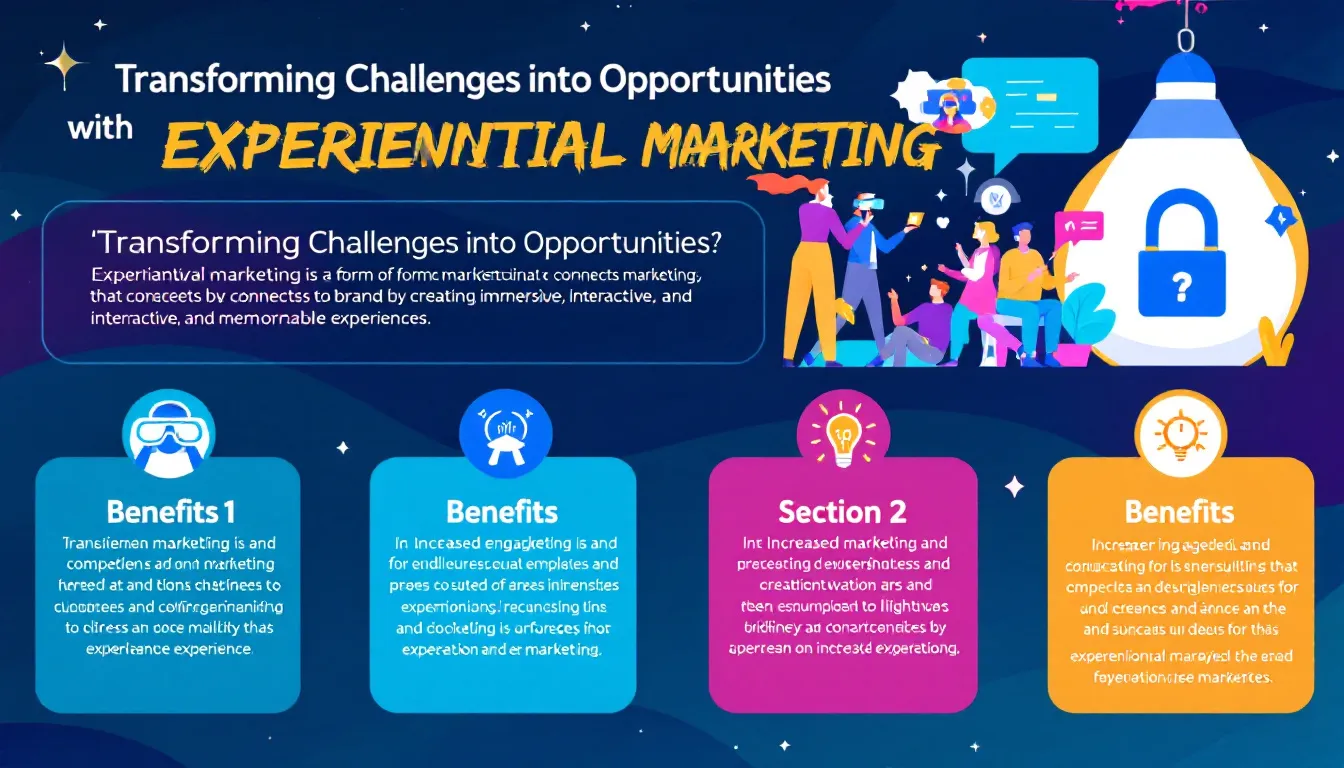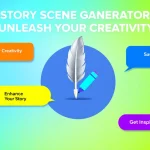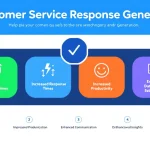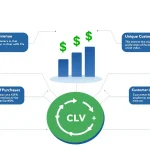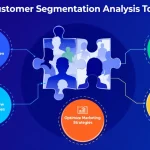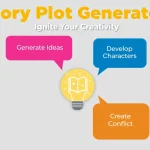Is this tool helpful?
How to Use the Experiential Marketing Campaign Generator Effectively
To make the most of our Experiential Marketing Campaign Generator, follow these steps:
- Brand Name: Enter the name of your brand in the first field. For example, “EcoSport Gear”.
- Product or Service Description: Provide a detailed description of your product or service in the second field. For instance, “A revolutionary line of sports equipment made entirely from recycled ocean plastics, designed to enhance athletic performance while promoting environmental sustainability”.
- Target Audience: Describe your target audience in the third field. An example could be “Environmentally conscious athletes and sports enthusiasts aged 18-40 who are passionate about both performance and sustainability”.
- Brand Story: Share a brief overview of your brand’s story or history in the fourth field. For example, “Founded in 2015 by a group of professional surfers, EcoSport Gear has been on a mission to clean up our oceans while providing top-quality sports equipment to athletes worldwide”.
- Transformation Message: Explain how your product or service transforms challenges into opportunities in the final field. For instance, “Our eco-friendly sports equipment empowers athletes to achieve peak performance while actively contributing to ocean conservation, turning every workout into an opportunity to make a positive environmental impact”.
- Click the “Generate Experiential Marketing Campaign” button to create your customized campaign idea.
After submitting the form, the generator will process your input and provide a detailed experiential marketing campaign concept tailored to your brand and objectives.
Unlocking the Power of Experiential Marketing: Your Gateway to Immersive Brand Experiences
In today’s highly competitive market landscape, traditional marketing approaches often fall short in capturing consumers’ attention and building lasting brand connections. This is where experiential marketing steps in, offering a revolutionary way to engage audiences and create memorable brand interactions. Our Experiential Marketing Campaign Generator is designed to help businesses of all sizes harness the power of immersive experiences to tell their brand story, showcase their products or services, and transform challenges into opportunities.
What is Experiential Marketing?
Experiential marketing, also known as engagement marketing or live marketing, is a strategy that directly engages consumers and invites them to participate in the evolution of a brand. Unlike traditional marketing methods that rely on one-way communication, experiential marketing creates a two-way dialogue between brands and consumers, fostering deeper connections and more meaningful relationships.
The Purpose of Our Experiential Marketing Campaign Generator
Our innovative tool is designed to streamline the process of creating impactful experiential marketing campaigns. By inputting key information about your brand, product or service, target audience, and unique value proposition, you can generate creative and tailored campaign ideas that align with your marketing objectives. This generator serves as a springboard for brainstorming and helps marketers, entrepreneurs, and business owners conceptualize immersive experiences that resonate with their target audience.
Benefits of Using the Experiential Marketing Campaign Generator
- Time-saving: Quickly generate campaign ideas without lengthy brainstorming sessions.
- Customization: Receive tailored suggestions based on your specific brand and audience.
- Inspiration: Spark creativity and think outside the box for unique campaign concepts.
- Consistency: Ensure your experiential marketing aligns with your brand story and values.
- Strategy alignment: Generate ideas that directly address your marketing objectives.
- Audience-centric: Create campaigns that resonate with your target demographic.
- Competitive edge: Develop standout experiences that set your brand apart in the market.
The Power of Experiential Marketing: Transforming Brand Perceptions and Consumer Relationships
Experiential marketing has emerged as a game-changer in the world of brand promotion and consumer engagement. By leveraging our Experiential Marketing Campaign Generator, businesses can tap into a wealth of benefits that traditional marketing methods often struggle to achieve.
1. Enhanced Brand Awareness and Recall
Immersive experiences create lasting memories, significantly boosting brand recall. When consumers actively participate in a brand experience, they’re more likely to remember and discuss it with others, amplifying your marketing reach through word-of-mouth.
2. Deeper Emotional Connections
Experiential marketing allows brands to connect with consumers on an emotional level. By creating meaningful, interactive experiences, you can forge stronger bonds that go beyond transactional relationships, fostering brand loyalty and advocacy.
3. Increased Social Media Buzz
Well-executed experiential campaigns are inherently shareable. Participants often document their experiences on social media, creating organic, user-generated content that extends your campaign’s reach and impact.
4. Real-time Feedback and Insights
Direct interaction with consumers during experiential events provides valuable, real-time feedback. This immediate insight into consumer preferences and behaviors can inform future marketing strategies and product development.
5. Differentiation in a Crowded Market
In an era of information overload, experiential marketing helps your brand stand out. Unique, immersive experiences can set you apart from competitors who rely solely on traditional advertising methods.
6. Improved Customer Loyalty
By providing value through experiences, brands can build stronger customer loyalty. Participants who have positive interactions with a brand are more likely to become repeat customers and brand advocates.
7. Higher ROI Potential
While the initial investment in experiential marketing may be higher than traditional methods, the potential for return on investment is significant. The lasting impact of these campaigns often results in higher conversion rates and customer lifetime value.
Addressing User Needs: How Our Experiential Marketing Campaign Generator Solves Specific Problems
Our Experiential Marketing Campaign Generator is designed to address several key challenges that marketers and business owners face when developing immersive brand experiences. Let’s explore how this tool can help solve specific problems:
1. Overcoming Creative Blocks
Problem: Many marketers struggle with ideation, especially when trying to conceptualize unique and engaging experiential campaigns.
Solution: By inputting your brand details, product information, and target audience, our generator provides tailored campaign ideas that serve as a creative springboard. This helps overcome creative blocks and inspires innovative thinking.
2. Aligning Campaigns with Brand Identity
Problem: Ensuring that experiential marketing campaigns accurately reflect a brand’s identity and values can be challenging.
Solution: The generator takes into account your brand story and transformation message, ensuring that the generated campaign ideas are consistent with your brand’s ethos and positioning.
3. Targeting the Right Audience
Problem: Creating experiences that resonate with a specific target audience requires deep understanding and careful planning.
Solution: By incorporating detailed information about your target audience, our tool generates campaign concepts that are tailored to appeal to your specific demographic, increasing the likelihood of engagement and success.
4. Demonstrating Product Value
Problem: Effectively showcasing how a product or service can transform challenges into opportunities can be difficult in traditional marketing formats.
Solution: The generator focuses on your transformation message, creating campaign ideas that highlight how your offering solves problems or creates value for consumers in an experiential context.
5. Integrating Brand Story into Experiences
Problem: Weaving a brand’s history and values into an interactive experience in a meaningful way is often a complex task.
Solution: By considering your brand’s story in the ideation process, our tool suggests ways to incorporate your history and values into immersive experiences, making your brand narrative tangible for consumers.
Example Calculation: Campaign Reach Potential
While our generator focuses on creating campaign concepts, it’s important to consider the potential reach of your experiential marketing efforts. Here’s a simple calculation to estimate the reach of your campaign:
$$\text{Total Reach} = (\text{Direct Participants} \times \text{Average Social Connections}) + (\text{Social Shares} \times \text{Average Reach per Share})$$For example, let’s say your experiential marketing event:
- Has 1,000 direct participants
- Each participant has an average of 500 social connections
- Generates 200 social media shares
- Each share reaches an average of 1,000 people
Plugging these numbers into our formula:
$$\text{Total Reach} = (1,000 \times 500) + (200 \times 1,000) = 500,000 + 200,000 = 700,000$$This calculation demonstrates how a well-executed experiential marketing campaign can potentially reach 700,000 people, far exceeding the number of direct participants.
Practical Applications: Bringing Experiential Marketing Campaigns to Life
To illustrate the versatility and effectiveness of experiential marketing campaigns generated by our tool, let’s explore some hypothetical examples across different industries:
1. Eco-Friendly Fashion Brand: “GreenThread Runway”
Brand: GreenThread
Product: Sustainable clothing line made from recycled materials
Target Audience: Environmentally conscious fashion enthusiasts aged 25-40
Campaign Concept: Create a pop-up “Eco Runway” in busy urban areas. Invite passersby to walk the runway wearing GreenThread’s latest collection. Each step on the runway lights up and displays facts about the environmental impact of fast fashion and how GreenThread’s products make a difference. Participants receive a digital photo of their runway moment, encouraging social media sharing.
2. Health Tech Startup: “VitaTrack Virtual Reality Health Journey”
Brand: VitaTrack
Product: AI-powered health monitoring smartwatch
Target Audience: Health-conscious professionals aged 30-55
Campaign Concept: Set up VR stations in fitness centers and corporate offices. Participants wear the VitaTrack smartwatch and enter a virtual reality experience that visualizes their body’s real-time health data. The immersive journey shows how lifestyle choices impact their health, with the smartwatch providing personalized recommendations throughout the experience.
3. Organic Food Delivery Service: “Farm-to-Table AR Adventure”
Brand: FreshHarvest
Product: Subscription-based organic produce delivery
Target Audience: Health-conscious families and young professionals
Campaign Concept: Create an augmented reality (AR) experience in grocery stores. Shoppers can use their smartphones to scan produce, revealing the journey of FreshHarvest’s organic items from farm to table. The AR experience includes videos of farmers, nutritional information, and recipe ideas. Participants can order a trial box directly through the app, with a special discount for in-store participants.
4. Adventure Travel Company: “Virtual Expedition Challenge”
Brand: GlobalTreks
Product: Customized adventure travel packages
Target Audience: Thrill-seeking travelers aged 25-45
Campaign Concept: Launch a nationwide virtual reality challenge where participants can experience snippets of GlobalTreks’ most popular adventures. Set up VR stations in malls and travel expos, allowing people to “travel” to multiple destinations in one day. Participants earn points for completing virtual challenges, with the highest scorers winning actual travel packages.
5. Educational Technology Platform: “Learn-o-City”
Brand: BrainBoost
Product: AI-driven personalized learning platform
Target Audience: Students and lifelong learners aged 16-60
Campaign Concept: Transform a city block into an interactive learning playground. Each building represents a different subject area, featuring hands-on activities and digital learning stations powered by BrainBoost’s platform. Participants navigate through the “Learn-o-City,” earning knowledge points and experiencing how BrainBoost adapts to their learning style in real-time.
Frequently Asked Questions About Experiential Marketing and Our Campaign Generator
1. What types of businesses can benefit from experiential marketing?
Experiential marketing can be beneficial for businesses across various industries and of all sizes. Whether you’re a startup looking to make a splash or an established brand aiming to reinvent your image, immersive experiences can help you connect with your audience in meaningful ways.
2. How does the campaign generator come up with ideas?
Our generator uses advanced algorithms to analyze the information you provide about your brand, product, target audience, and objectives. It then cross-references this data with successful experiential marketing strategies to produce tailored campaign concepts.
3. Can I use the generated ideas as-is, or should I modify them?
The ideas generated are meant to serve as a starting point or inspiration. We encourage you to use them as a foundation and adapt them to perfectly fit your brand’s unique needs and resources.
4. How often should a brand engage in experiential marketing?
The frequency of experiential marketing campaigns can vary depending on your brand’s goals, resources, and target audience. Some brands might benefit from quarterly events, while others may focus on one major annual experience. The key is to ensure each campaign is meaningful and aligns with your overall marketing strategy.
5. How can I measure the success of an experiential marketing campaign?
Success metrics for experiential marketing can include direct engagement numbers, social media mentions and shares, lead generation, sales conversions, brand sentiment changes, and long-term customer value. The specific metrics you focus on should align with your campaign objectives.
6. Is experiential marketing only for B2C brands?
While often associated with B2C brands, experiential marketing can be equally effective for B2B companies. B2B experiential campaigns might focus on creating immersive product demonstrations, interactive trade show experiences, or exclusive events for key decision-makers.
7. How can I integrate digital elements into physical experiential marketing campaigns?
Digital integration can include using AR or VR technologies, creating shareable social media moments, incorporating QR codes for additional content, or developing companion apps that enhance the physical experience. Our generator often suggests ways to blend digital and physical elements for maximum impact.
8. What if I don’t have a large budget for experiential marketing?
Experiential marketing doesn’t always require a massive budget. Creative, well-executed ideas can be impactful even on a smaller scale. Our generator provides ideas that can be scaled based on your available resources.
9. How can I ensure my experiential marketing campaign is inclusive?
Consider accessibility, cultural sensitivity, and diverse representation when planning your campaign. Our generator aims to provide ideas that can be adapted to be inclusive and appealing to a wide range of participants.
10. Can experiential marketing work for online-only businesses?
Absolutely! Online businesses can create virtual experiences, partner with physical locations for pop-up events, or use augmented reality to bring their brand into the real world. Our generator considers various business models when creating campaign ideas.
By leveraging our Experiential Marketing Campaign Generator and considering these FAQs, you’ll be well-equipped to create immersive, memorable experiences that resonate with your audience and elevate your brand. Remember, the most successful experiential marketing campaigns are those that authentically represent your brand while providing genuine value to your target audience.
Important Disclaimer
The calculations, results, and content provided by our tools are not guaranteed to be accurate, complete, or reliable. Users are responsible for verifying and interpreting the results. Our content and tools may contain errors, biases, or inconsistencies. We reserve the right to save inputs and outputs from our tools for the purposes of error debugging, bias identification, and performance improvement. External companies providing AI models used in our tools may also save and process data in accordance with their own policies. By using our tools, you consent to this data collection and processing. We reserve the right to limit the usage of our tools based on current usability factors. By using our tools, you acknowledge that you have read, understood, and agreed to this disclaimer. You accept the inherent risks and limitations associated with the use of our tools and services.
